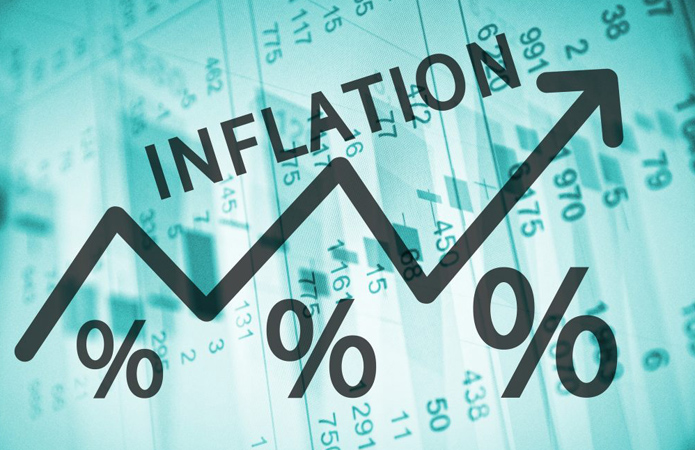New Delhi: The government Saturday proposed a price stabilization fund (PSF) to control prices of food items like onion and tomato — kitchen staples that pushed retail inflation to a five-year high in December.
“Government has taken various measures from time to time to stabilize prices of essential food items..Government is also implementing PSF to help moderate volatility in prices of agri-horticultural commodities like pulses, onion, and potato,” said the Union Budget 2020-21 presented by Finance Minister Nirmala Sitharaman in Parliament.
Onion prices started to flare up from August 2019 onwards peaking to about Rs 150-200 a kg due to unseasonal rains which disrupted supplies from key producing regions such as Maharahstra and Karnataka.
Prices of tomato too hovered in the range of Rs 60-80 a kg while potato sold for Rs 30 per kg towards the end of 2019.
Pulses also turned costlier due to a fall in acreage resulting from rains in the growing states and low price realisation due to glut in market following increased production of earlier years.
The consumer price index-based retail inflation spiked to over five-year high of 7.35 per cent in December 2019.
The government said it resorted to trade and fiscal policy instruments like import duty, minimum export price, export restrictions, imposition of stock limits besides advising
states for effective action against hoarders and black marketers to regulate domestic availability and moderate prices.
CPI or the retail inflation averaged 4.1 per cent in during April-December period of the current fiscal, while it had declined to 3.4 per cent in 2018-19 from 3.6 per cent in 2017-18. It was at 4.5 per cent in 2016-17.
The ‘food inflation’ component of the retail inflation basket averaged 5.3 per cent in 2019-20 (April to December) and stood higher at 14.1 per cent in last December.
On the wholesale price front, inflation averaged 1.5 per cent during April-December in the current fiscal year and rose to 2.6 per cent in December.
The Wholesale Price Index (WPI) inflation was at 4.3 per cent in 2018-19 as compared to 3 per cent in 2017-18 and 1.7 per cent in 2016-17.
“For increasing productivity and production in key segments of agriculture towards moderating prices, government has been incentivising farmers by announcing minimum support prices and implementing schemes such as Mission for Integrated Development of Horticulture (MIDH) and, National Mission on Oilseeds and Oil Palm (NMOOP), among others,” read the Budget.
The consumer price inflation was within the targeted limits set by the monetary policy committee of Reserve Bank of India (RBI), it said.
The RBI decides on its monetary policy in every two months, targeting retail inflation to be at 4 per cent with a bias of 2 per cent on the either side.
However, acknowledging the major challenges for the economy arising from the external front like geo-political tensions in the Middle East and rising crude oil prices due to supply disruption, the government said it may “decelerate growth and increase inflation”.
(PTI)
